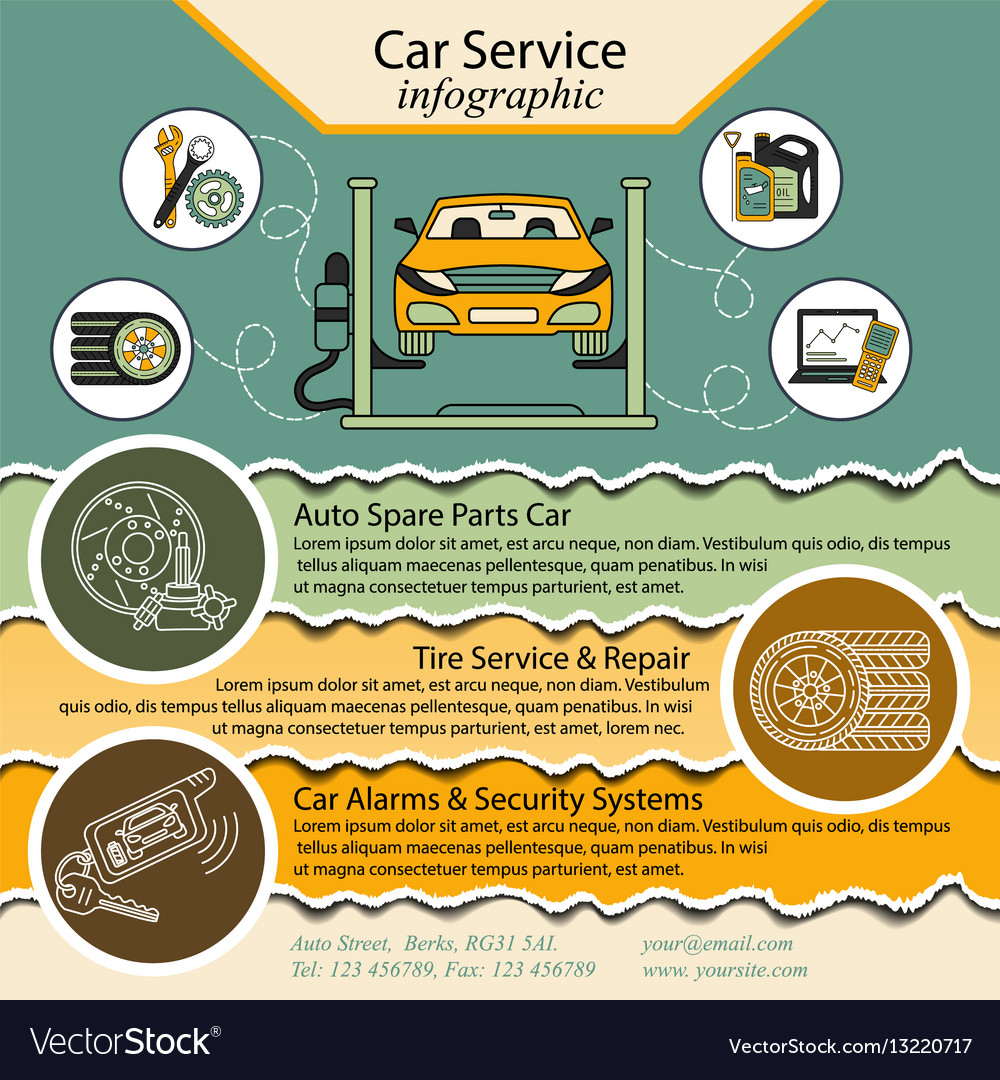Eager To Recognize What The Dashboard Warning Lights In Your Vehicle Signify? Explore Their Definitions For The Wellness And Safety And Security Of Your Automobile
Eager To Recognize What The Dashboard Warning Lights In Your Vehicle Signify? Explore Their Definitions For The Wellness And Safety And Security Of Your Automobile
Blog Article
Content By-Boye Gilbert
When you're behind the wheel, those glowing caution lights on your control panel can be a little bit bewildering. Do you understand what they're trying to tell you concerning your automobile's health? Understanding the value of these lights is crucial for your safety and the durability of your car. So, the following time one of those lights pops up, would not you intend to decipher its message precisely and take the necessary actions to address it?
Common Caution Lights and Interpretations
Identify common caution lights in your cars and truck and comprehend their meanings to ensure safe driving.
One of the most regular caution lights include the check engine light, which indicates concerns with the engine or emissions system. If this light comes on, it's critical to have your vehicle examined immediately.
The oil stress cautioning light shows low oil pressure, needing prompt interest to stop engine damage.
A blinking battery light may suggest a damaged billing system, possibly leaving you stranded otherwise resolved.
The tire stress monitoring system (TPMS) light signals you to low tire pressure, influencing vehicle security and fuel efficiency. Disregarding this might lead to hazardous driving conditions.
The abdominal muscle light suggests an issue with the anti-lock stopping system, compromising your capacity to stop swiftly in emergencies.
Last but not least, the coolant temperature warning light warns of engine getting too hot, which can cause extreme damages if not dealt with swiftly.
Comprehending these typical warning lights will assist you resolve concerns promptly and preserve risk-free driving conditions.
Importance of Prompt Interest
Comprehending the common warning lights in your auto is only the primary step; the relevance of quickly addressing these warnings can't be stressed sufficient to guarantee your security when driving.
When a caution light brightens on your dashboard, it's your automobile's method of interacting a prospective problem that requires interest. Ignoring these cautions can bring about much more serious issues in the future, endangering your security and possibly costing you more in repairs.
cargrooming to alerting lights can stop failures and mishaps. As https://brakerepair95162.elbloglibre.com/32057038/the-comfort-of-mobile-car-detailing-transforms-your-vehicle-s-appearance-but-is-it-as-effective-as-standard-methods-discover-the-reality-behind-this-solution , a flashing check engine light might suggest a misfire that, if left unattended, could create damage to the catalytic converter. Resolving this promptly can save you from a pricey repair service.
In a similar way, a brake system warning light might signal reduced brake liquid or used brake pads, critical parts for your safety and security when driving.
DIY Troubleshooting Tips
If you notice a caution light on your dashboard, there are a couple of DIY repairing tips you can attempt prior to seeking specialist help.
The initial step is to consult your automobile's manual to comprehend what the certain warning light suggests. Occasionally the problem can be as straightforward as a loose gas cap causing the check engine light. Tightening up the gas cap may solve the issue.
One more common concern is a low battery, which can trigger various advising lights. Inspecting the battery connections for rust and ensuring they're safe and secure may repair the trouble.
If a caution light lingers, you can try resetting it by separating the car's battery for a couple of mins and then reconnecting it. Furthermore, inspecting your vehicle's fluid degrees, such as oil, coolant, and brake liquid, can aid repair warning lights associated with these systems.
Conclusion
To conclude, understanding your car's caution lights is vital for keeping your lorry running smoothly and safely. By promptly dealing with these notifies and recognizing what they suggest, you can stay clear of costly repair work and possible failures.
Remember to consult your auto's manual for particular information on each cautioning light and do something about it as necessary to ensure a trouble-free driving experience.
Remain notified, remain secure on the road!
